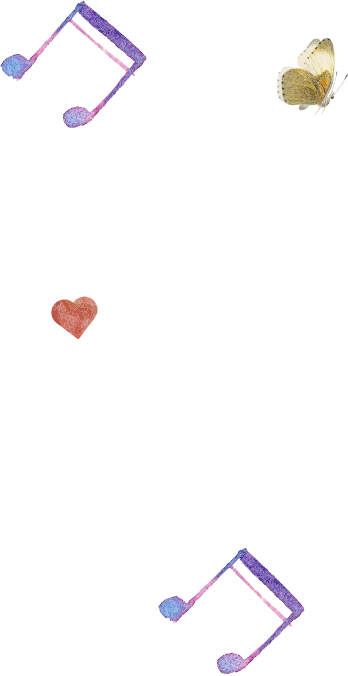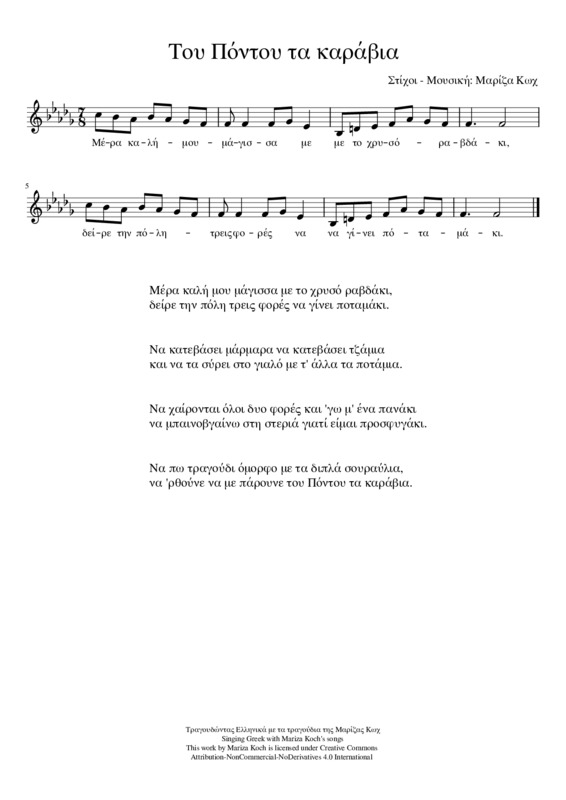
Tou Pontou ta karavia

Tou Pontou ta karavia
Pronunciation
Recitation utilizing different emotional nuances.
Speech Comprehension and Production
Subjunctive mood: να κατεβάσει (na katevasei, to bring down), να σύρει (na syrei, to draw), να χαίρονται (na chairontai, to rejoice), να πω (na pō, to say). What are the statements and connotations of this figure that is used repeatedly: identify the facial expressions of the lyrics and discuss about the character.
Figures of personification and metaphor that function as a means of expressing the emotional burden of the refugee child (metaphor of memory and history).
Understand the content of the song through historical and factual elements (marbles, glass).
Identification of traditional songs that use the subjunctive mood [e.g., Ας χαμηλώναν τα βουνά (As chamēlōnan ta vouna), Να'ταν τα νιάτα δυο φορές τα γηρατειά καμία (Na’tan ta niata dyo phores ta gērateia kamia].
Figures of personification and metaphor that function as a means of expressing the emotional burden of the refugee child (metaphor of memory and history).
Understand the content of the song through historical and factual elements (marbles, glass).
Identification of traditional songs that use the subjunctive mood [e.g., Ας χαμηλώναν τα βουνά (As chamēlōnan ta vouna), Να'ταν τα νιάτα δυο φορές τα γηρατειά καμία (Na’tan ta niata dyo phores ta gērateia kamia].
Music Activities
Variety in rhythmic development in 7/8 rhythm: search for songs in a septuple meter.
Search for traditional songs related to the subject of immigration: identify similarities in the narration and the approach of the subject.
Familiarization with Pontiac music and dance idioms.
Search for traditional songs related to the subject of immigration: identify similarities in the narration and the approach of the subject.
Familiarization with Pontiac music and dance idioms.
Cross-thematic Connections - Greek Culture
Interdisciplinary concept: time.
Identify the time as a historical memory (past), as a living experience (present) and as a view of desires and dreams (future).
The refugee as a victim of history and the memory as a historical conscience and a source of claiming human rights (recognition of genocides, restoration of historical truth, etc.).
The alleviation or exacerbation of pain over time (refugee, loss, traumatic experiences, wars, etc.).
Identify the time as a historical memory (past), as a living experience (present) and as a view of desires and dreams (future).
The refugee as a victim of history and the memory as a historical conscience and a source of claiming human rights (recognition of genocides, restoration of historical truth, etc.).
The alleviation or exacerbation of pain over time (refugee, loss, traumatic experiences, wars, etc.).
Age level
11-15 years old
Language level
Intermediate
Ta chrōmatista tragoudia




